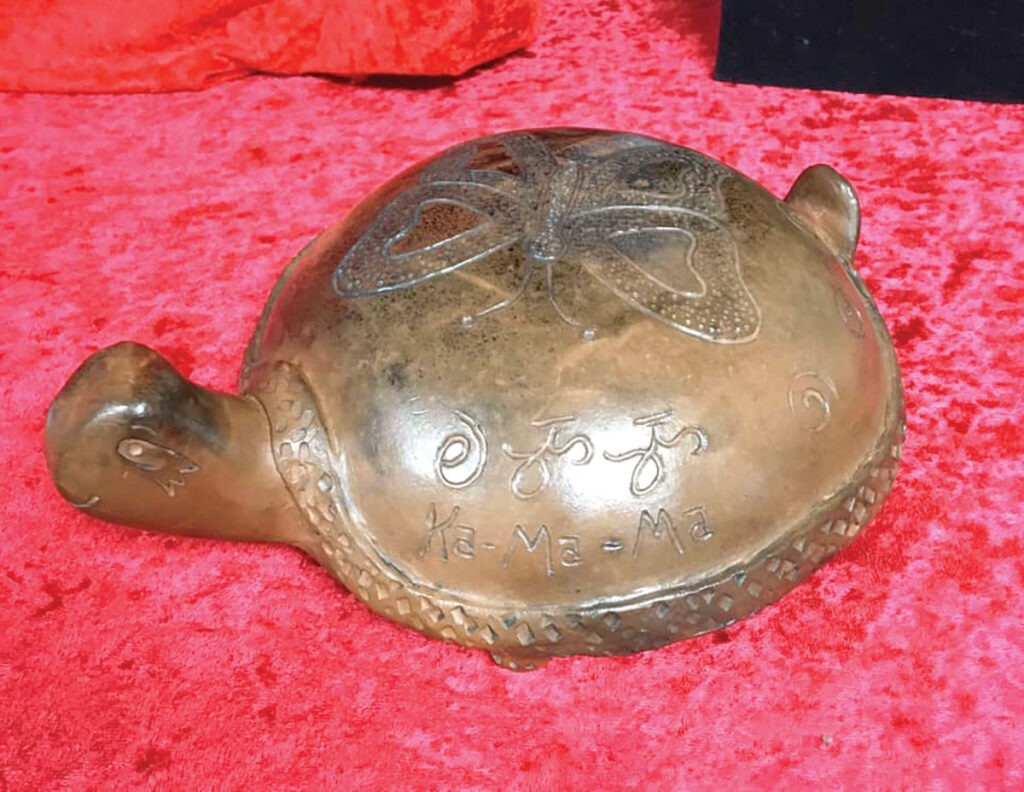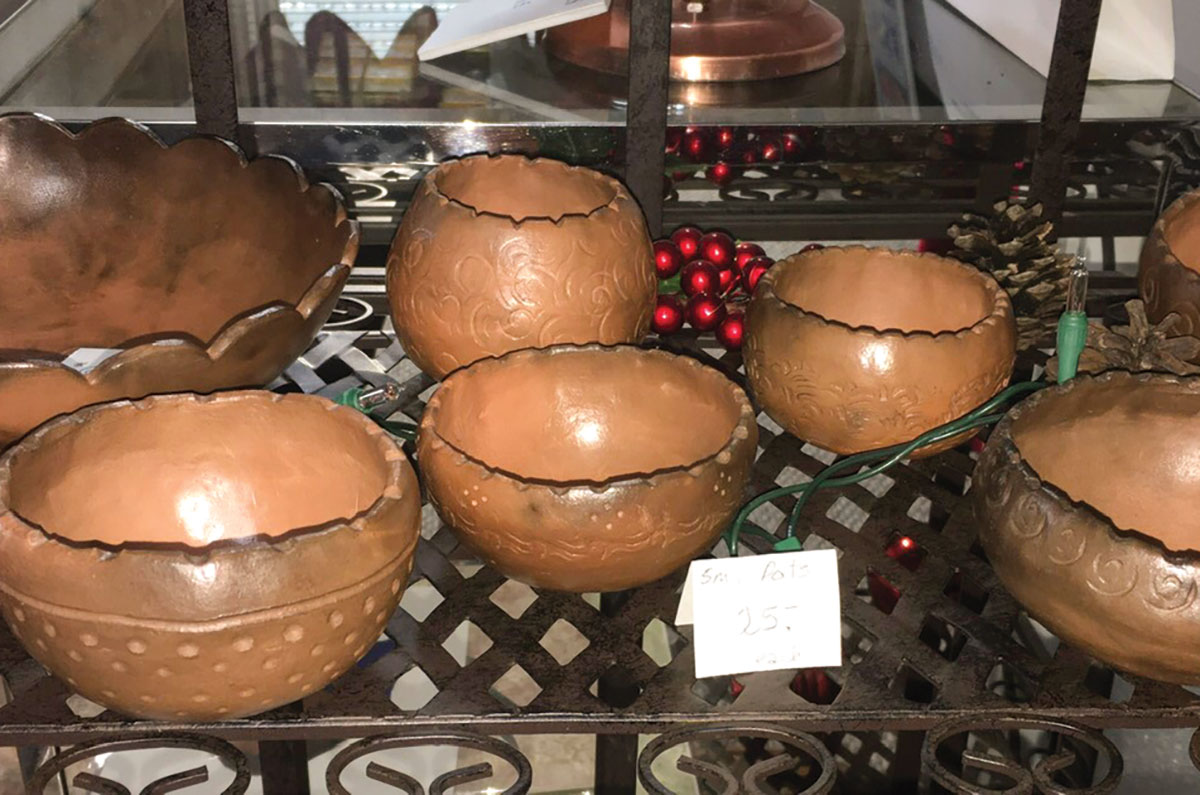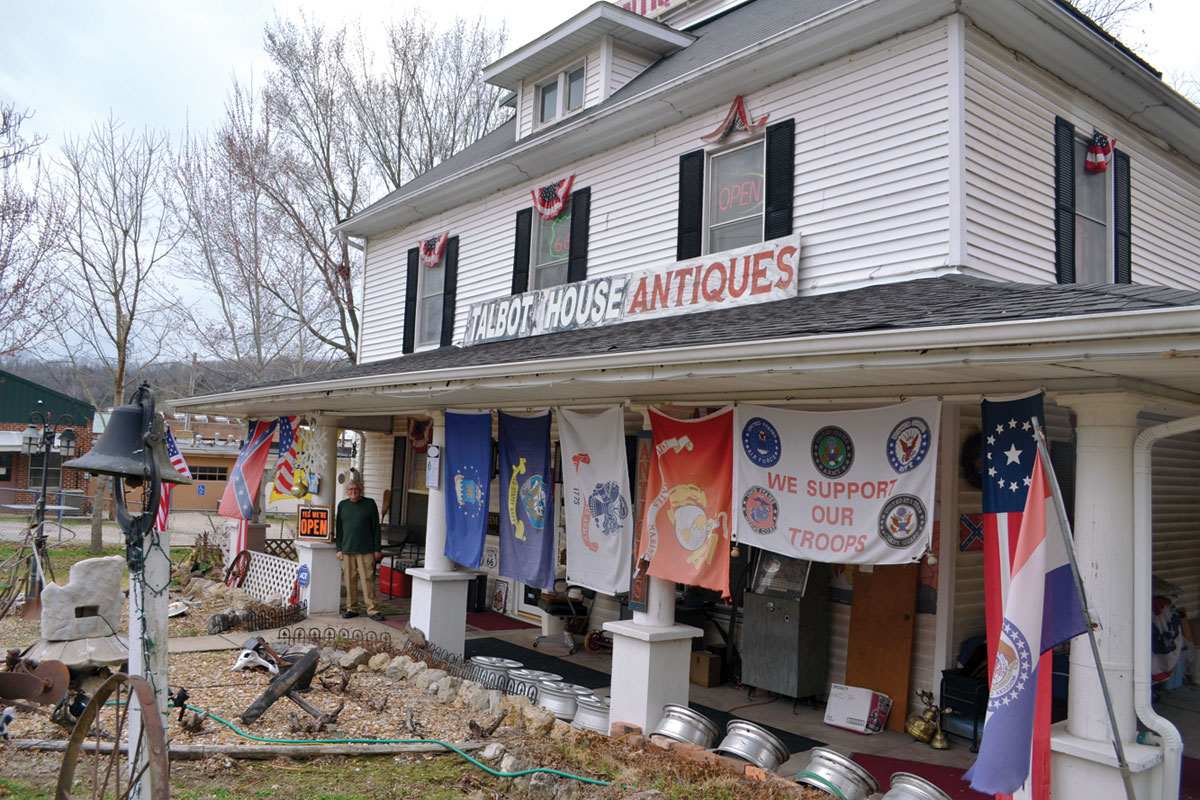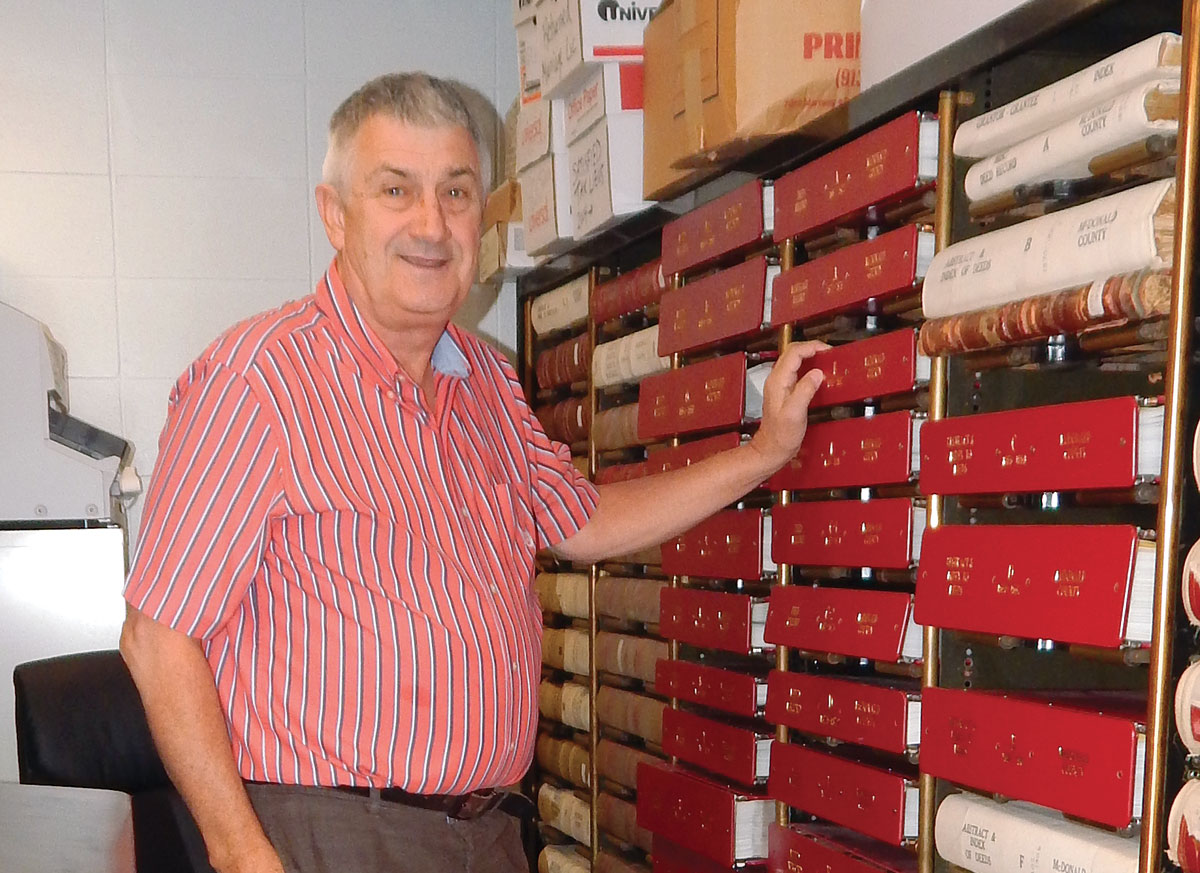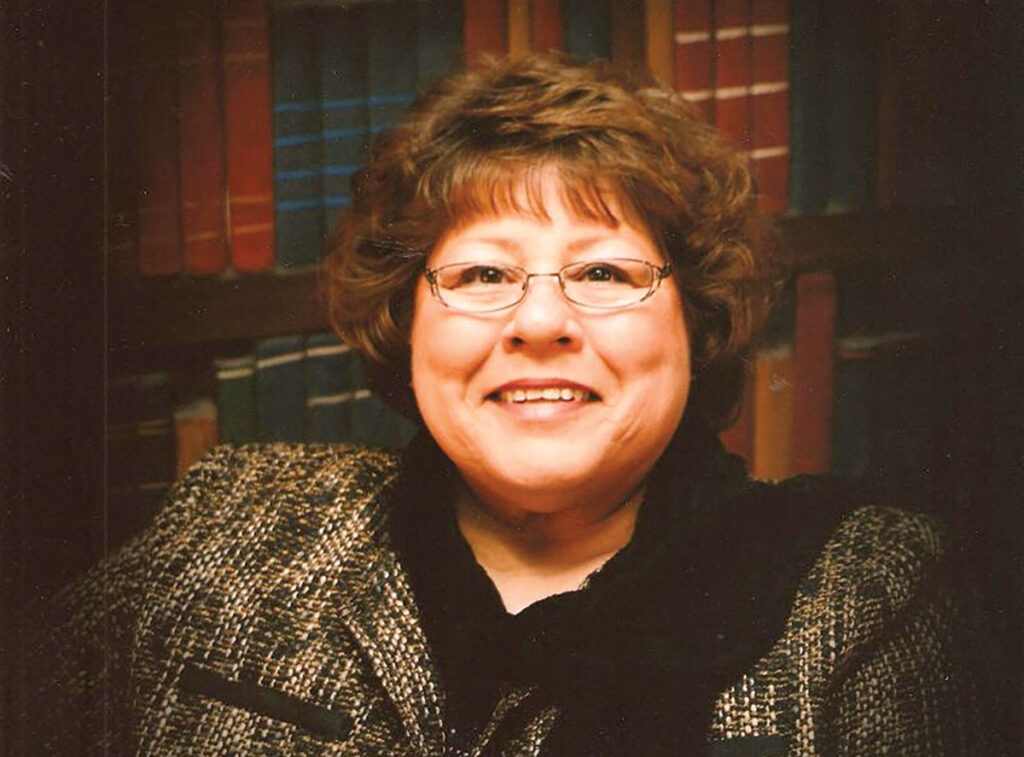
Award-winning artist Verna Bates has embraced her heritage and passes it along to others
Growing up, Verna Bates learned very little about her Cherokee heritage. Her mother and grandmother, Verna explained, were from a time when being Native American was almost a punishment.
It wasn’t until many years later that she began to embrace her heritage and share it through art.
Her work has garnered awards from the Cherokee Nation’s Trail of Tears Art Show and Sale, which will hold its 51st annual event this year, and the Cherokee Homecoming Art Show and Sale. She has also participated in the annual show at the Five Tribe Civilized Tribes Museum.
“I am 15/32nds Cherokee, and I was not taught much about my heritage,’ she said. “Over the past 25, 30 years, it’s been a crash course. I see so many young people come to the studio who know nothing about their heritage, and if I can create something in my art to make them question their heritage, they will come away with something, and that is my way of teaching or sharing their heritage. I learn something new about my heritage every day, and it’s important to share that with others. I had people say their great-grandmother was a Cherokee princess. The Cherokee did not have princesses. It is our responsibility to correct these misleading tails and do it creatively.”
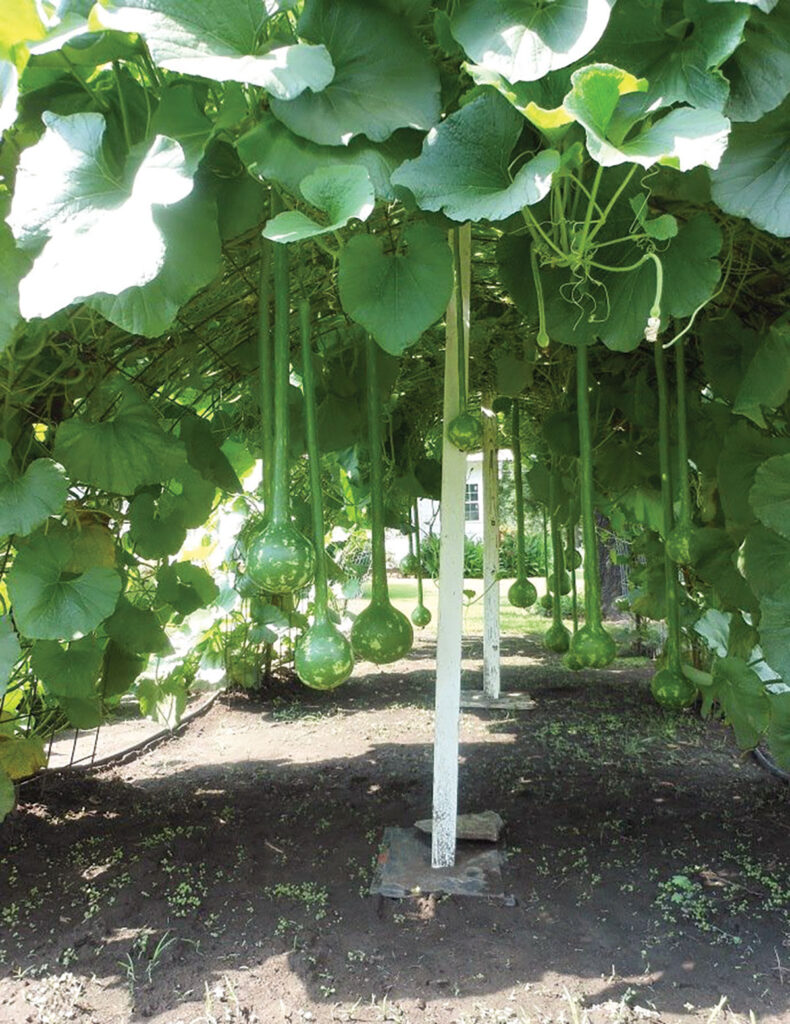
Verna, who lives near Locust Grove, Okla., has been working in the art world for about 30 years, but it was many years before she considered herself an artist.
“When my sons were very small, I divorced their dad, and I did whatever I could for income,” Verna explained. “I sewed western shirts, made crafts, just whatever I could because there wasn’t much money. I didn’t realize it was art at the time; for me, it was making do.”
After she and her husband Fred were married, Verna said he afforded her the opportunity to make her art her full-time career.
Verna uses many mediums in her art, but they all have a similar component.
“There is something Cherokee in everything I make,” she explained. “Gourd masks will have some of the ancient Southeastern designs that were used as tattoos on faces. I also make gourd bowls with Dogwood designs because Dogwood blooms are traditionally used for medicinal purposes. I work in clay, making pots, hand-forged beads and pendants for jewelry, and I dabble in acrylics.
“The diversity has been good for me over the years. Years ago, I wished I could specialize in one medium, but those who specialize in one, when people want something else, they will go somewhere else to get it.”
The Cherokee syllabary is incorporated into Verna’s work, and the designs she uses have meaning. She added designs in clay pots were not created just as decoration. Each groove in the pot also helped conduct heat,
Verna began creating one-of-a-kind gourd items after her sister, who worked as an artist, came home from a business trip and handed Verna a dipper gourd.
“She laughed and said, ‘Here, see what you can do with this.’ I laid it up on a shelf, and it stayed there for about a year; I didn’t know what to do with it,” Verna recalled. “One day, I got it down, washed it, and that was the beginning of my gourd art. I couldn’t believe people wanted to buy things like that.”
The Hard Rock Casino Tulsa, a holding of the Cherokee Nation, has five of Verna’s masks on display.
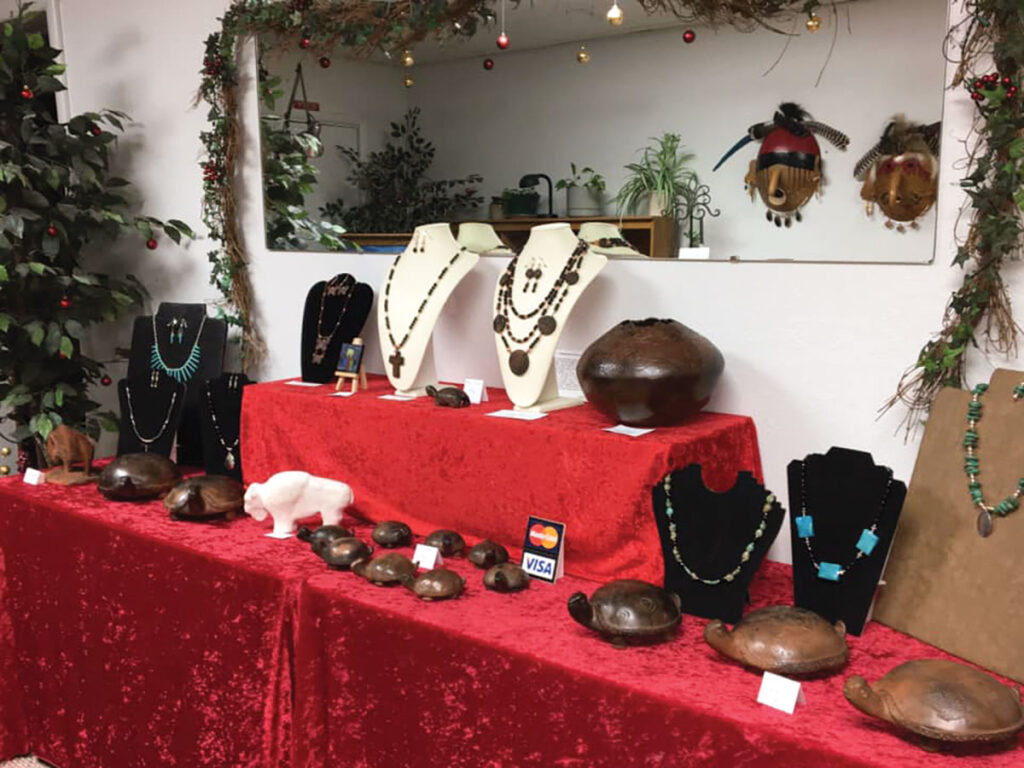
When creating a gourd item, every detail is created by hand. Items are not “glued” for the masks. Instead, Verna hand bores holes and hand-stitched items into place.
The Cherokee Nation has purchased countless items for display at Cherokee Nation property.
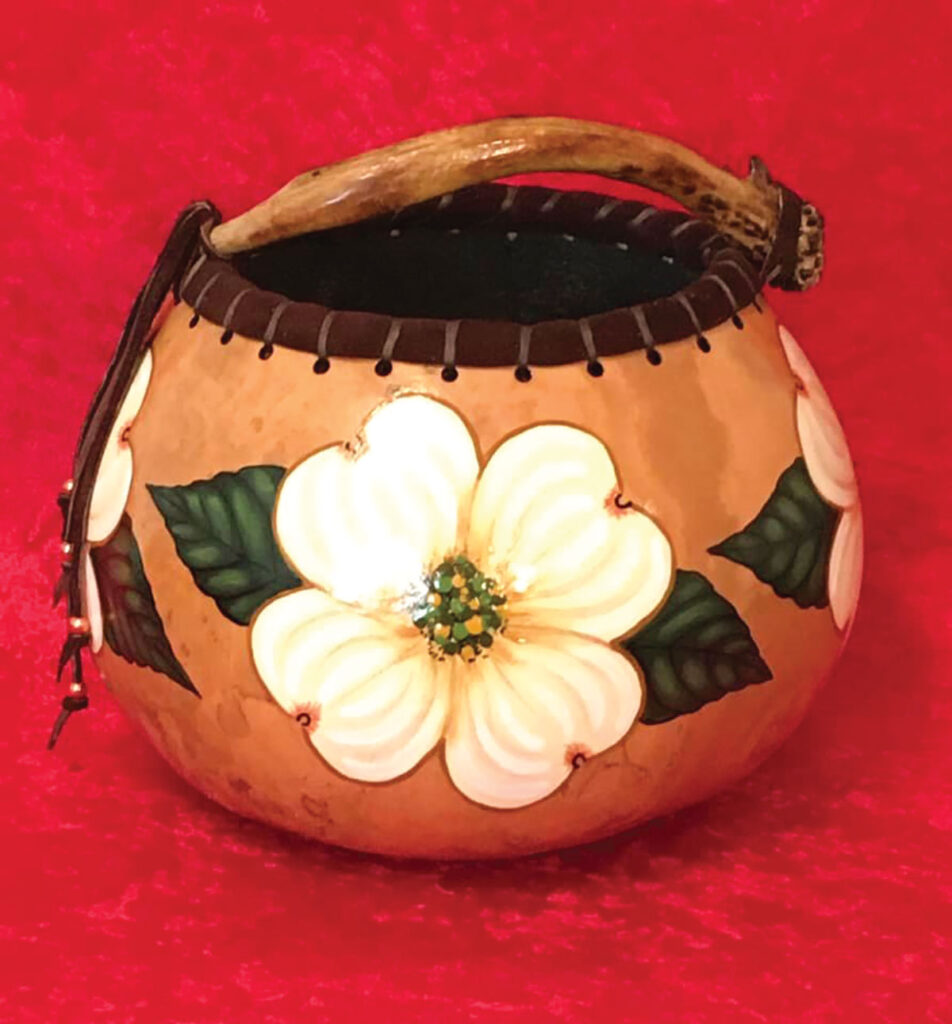
“All of our clinics, tribal buildings, even our casinos have multiple pieces of my work,” Verna said. “It might be in the executive suits or in glass cases a commons areas.”
In each Cherokee clan, Verna explained, there was one person responsible for recording the history of the clan, their historian or story keeper. Each mark or symbol tells a story, be it a death, a birth, a war, a feast or famine; everything was documented. Those stories of daily life are the ones that continue to inspire Verna.
“It could be etched on a stone or on a hide,” she said. “It could be if they went fishing one day; it was recorded. Many years ago, there was a shred of fabric that had been a blanket, a shroud or something; it was just a ragged piece. I have never been drawn to anything in my life. I wanted to touch it, but it was under glass. I stood there crying because it was a remnant from the Trail of Tears. There was beadwork on, and it’s said some of their stories were told in the designs of beadwork. I have never been moved by anything like that; I wanted that connection.”
Today, Verna spends time in her studio, Gourds, Etc., on her family farm. The studio is the farmhouse where her late father-in-law lived for many years and where her husband was raised.
The studio property is also where Fred grows the gourds for her art.
“I don’t have to travel as much as I used to,” she said. “Now that I’m established, people come to the studio and to me. I am so thankful for that.”
Verna’s passion for her heritage and art has passed onto her young grandchildren. Grandsons Tucker and Tanner Williams and granddaughter Finlee Williams are also award-winning Cherokee artists.
“It just brings tears to my eyes because I am so proud of them when I see them walk across the stage and get their awards,” Verna said.
At 72, Verna has no intention of retiring. Creating items representing her heritage will remain her way to honor her ancestors and share their stories.
“I am Cherokee first and foremost,” she said. “When I go to a show, my work typically sells. That means someone is taking a piece of the Cherokee Nation, something Cherokee home with them and some information about the Cherokee.”
